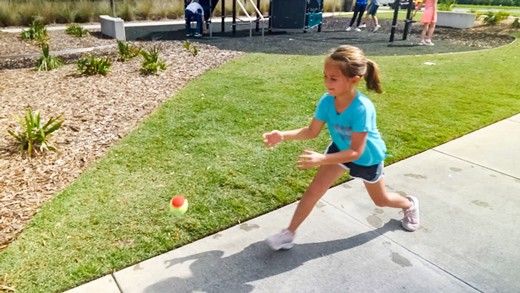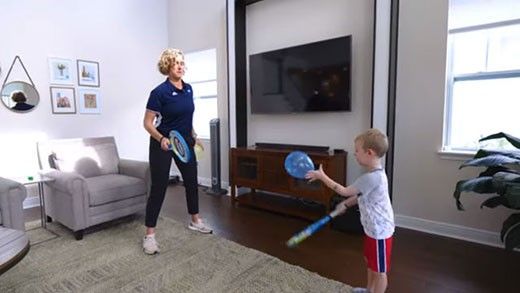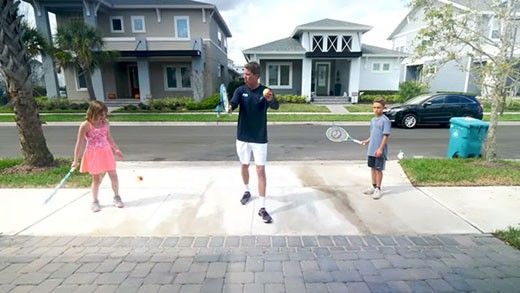The Science Behind ITF World Tennis Number
Having a well-matched partner or opponent is a big part of having the best tennis experience possible. No matter where you are in the world, and no matter what your skill level, the ITF World Tennis Number enables you to find players of a similar standard. Whether you are looking for a good challenge, a routine win, or something unpredictable, ITF WTN makes it easy to find precisely the kind of play you are seeking! We want more people playing the sport we love and playing more often... Game. Set. Matched.
ITF World Tennis Number is a scale from 40 (beginner) to 1 (elite professional). This unique scale enables us to offer ratings to the full range of tennis players around the world. New and beginner players will receive an ITF WTN closer to 40, whereas world class professional players are closer to 1. Depending on where you are in the world, you might also see your Number include a decimal place or two. These decimals provide even greater precision for tracking your progress and finding events and ideal match ups!
How’s it calculated?
The WTN algorithm uses all the match result data shared with the ITF from a player’s history since 2016 to calculate an ITF World Tennis Number. When a player or partnership compete, the algorithm analyses pre-match ratings for all the players on the court. From there, the algorithm predicts an expected outcome for the match based on the relative ratings of each player. Player ratings change based on the difference between expected scores and actual match outcomes. The more match results the system holds, the more accurate a player’s rating becomes. Using the number of matches a player has, along with some other pieces of data, a player’s rating may become “verified” with a blue tick indicating that the system has enough information to confidently generate an accurate WTN rating.
WTN also analyses match at set level, meaning the algorithm takes into account each individual set as its own result. Simply, if a match ends 2 sets to 1 in your favour, then the system will update your Number with two set ‘wins’ and one set ‘loss’. Even if you don’t win the overall match, the sets you have won will be considered accordingly in the WTN calculation.
What match results will count towards the ITF World Tennis Number?
Any completed match results supplied by participating Tennis Associations will be included in the ITF World Tennis Number.
Does it help me to play people with a lower ITF World Tennis Number?
Playing opponents of various levels impacts your WTN based on how well you play. If playing an opponent much lower rated and coming out with a strong win, it is likely that your WTN will not change as you performed consistent with the prediction.
How will my ITF World Tennis Number improve?
ITF World Tennis Number is here to inspire and support your tennis goals, whatever they might be. If your aim is to improve your game and therefore your Number, it couldn’t be simpler. All you need to do is keep playing and performing better than our algorithm predicts you will.
How often will my ITF World Tennis Number update?
The WTN algorithm ratings are updated weekly. How much your rating changes week to week will depend on how much you are playing. If you want to see your Number improve each week, be sure to stay active on the court.
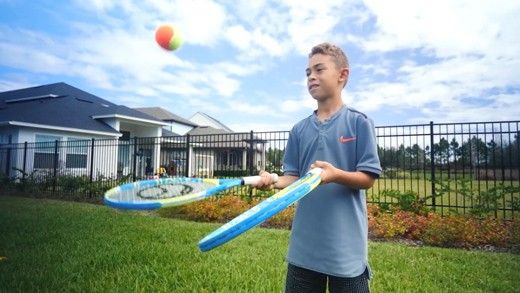
Try this activity at home or on the court to work on hand-eye coordination and control. To make it more challenging, try spreading your arms out wider or letting the ball bounce higher. Try to see how many you can get in 30 seconds.

No court to play on at home? No problem! Make your own net at home using regular items from around the house. Get creative, but make sure to ask for permission from your parent or guardian before using!
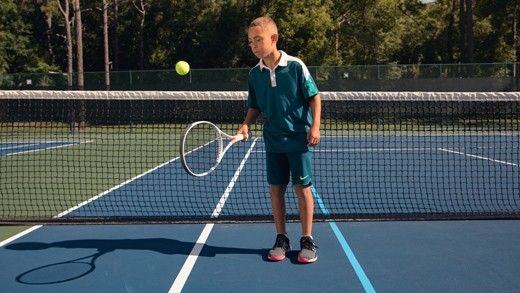
Edgies works on your grips, specifically a continental grip. Using your racquet with a continental grip, try and see how many times you can hit the ball using the outer edge of your racquet. You got this!

See if you can master this activity called, Body Volley. You bounce the ball off the racquet and then off a body part to work on coordination, hand-eye and creativity. Challenge yourself and see how many you can get!
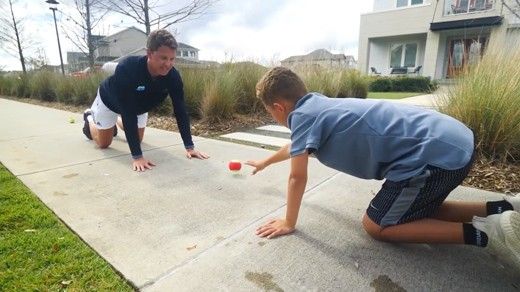
Grab a partner and try this activity to work on hand-eye coordination, core strength and shoulder stability. You can start by passing the ball back and forth on your hands and knees. Once you have built up the strength, try moving to a full plank position. Be sure to listen to your body and take
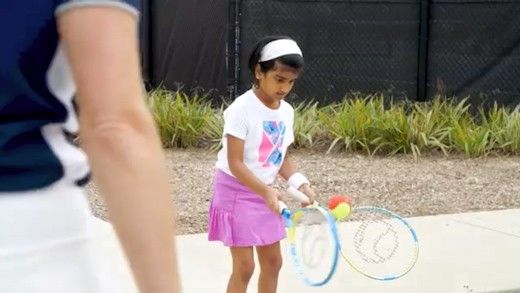
This activity works on your ready position, contact point and swing path. We used a ladder as our net; get creative and find your own materials to create a barrier. Once you are comfortable with lobster trap, you can make it more challenging by hitting it back to your partner.
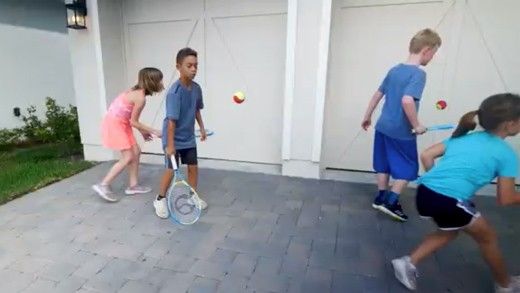
With this activity, you can play with friends or on your own to improve consistency and control. Work to bounce the ball up on your racquet, or even do a trap, to see if you can achieve ten in a row. To work on forehands, hold the racquet palm up. To work on backhands, hold the racquet palm

After you’ve had success in Hot Hands activity, try adding movement to make it more challenging. Passing tennis balls from left to right or right to left with your partner will help improve your hand-eye coordination and reaction time.
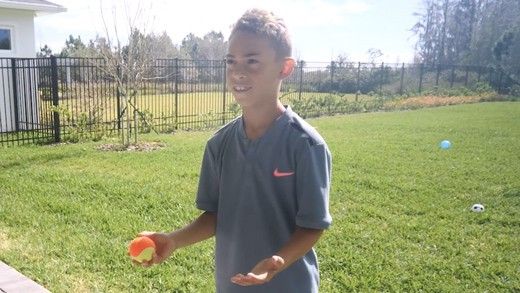
Ready to work on hand-eye coordination and reaction time? Grab a friend and try passing tennis balls from left to right, or right to left to improve your skills. Add more tennis balls to your rotation to make it more challenging.

